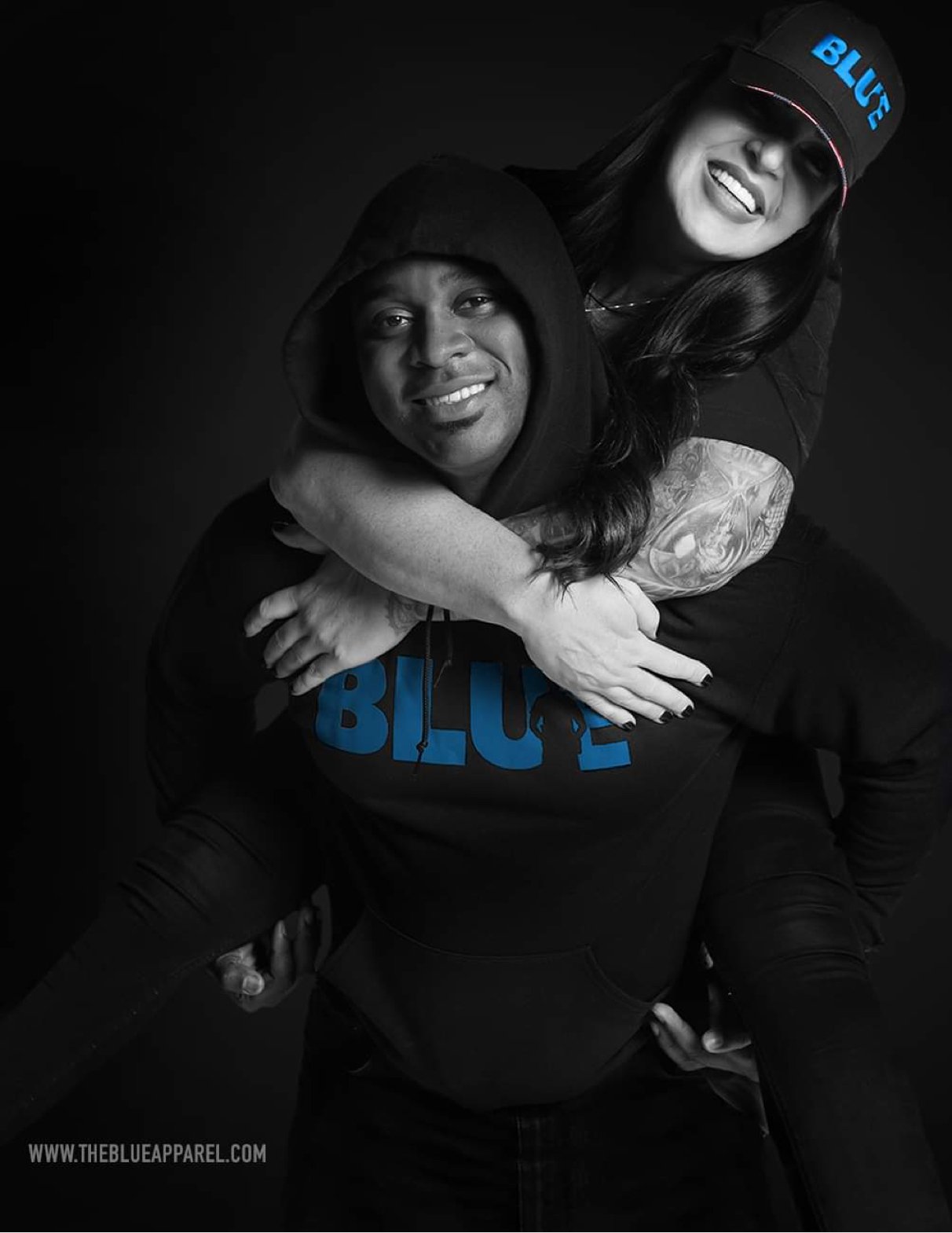Uvalde Tragedy: An Honest Assessment
/Uvalde Tragedy: An Honest Assessment
By: Sheriff David Clarke (Ret.)
One of the most difficult things to analyze in law enforcement is an after-action assessment of what went right, what went wrong and how we can learn from it after a critical incident. The first step is to be honest about what happened. Life is not perfect in anyone’s world, but that is no more evident than in the imperfect world of policing. If we could script it ahead of time like on TV, then we would be perfect every episode. But we don’t get to script what happens in our world. Often we are dealt a bag of crap and we are expected to make it taste good.
Police operate in a realm of uncertainty. Officers in exigent circumstances have to cobble together incomplete bits and pieces of information to decide an appropriate course of action, and do it fast. Then it gets reviewed in slow motion by people who were not there. They get time to examine every moment frame by frame in the safe space of a conference room. Let’s be honest. Their conclusions are arrived at in a second-guessing environment with all of the information handed to them, not just bits and pieces.
I am prefacing the observations I have following the horrific mass murder of 19 children and 3 teachers at a Uvalde, Texas school for a reason. It’s because no matter how many times an incident like this occurs, the reaction following it turns into the same ritual. We do the same thing. We go from shock and horror at what just happened, memorials and GoFundMe pages get set up and that is understandably appropriate. The next phase involves politicians using it for face time, fundraising for their campaign, to virtue signal and maybe score some cheap political points off the backs of the dead and their survivors. The third phase of the ritual is that people start looking for someone to blame for the incident. Attempts are made usually by the media and other agenda-driven people. Somebody has to be to blame for this other than the perpetrators themselves. And what better entity to hyper-analyze than the law enforcement response.
I am very familiar with what occurs in the early moments of critical events like this: mass confusion and pandemonium. There is little information available, and in many cases partial information. The media monitors police call scanners, so sometimes they beat police there and want something said. They’ll settle for anything. New information continues to roll in as the incident unfolds. I get it. But unlike many people including current and retired law enforcement officials who blurt out comments without knowing all the facts and information that undermine law enforcement, I won’t do that. I’ll take a different approach.
Life is not perfect. Neither are law enforcement officers. That scene at that Uvalde school was an old-fashioned cluster-you know what. Hint, it rhymes with suck. Nothing that was happening was in law enforcement’s favor to aid their decision-making. It is reported that a door at the school that was supposed to be locked was propped open. A high-ranking officer at the scene is reported to have made a command decision that it was no longer an active shooter but a barricaded subject as the shooting was still going on. Those two situations, active shooter and barricaded subject, would involve a very different response. Sometimes all you have to work with ends up as a best guess. But decisions still have to be made in exigency nonetheless.
In these events, information rapidly evolves. I know from experience that often the first so-called facts coming through are those most subject to change. The military refers to it as the fog of war. That phrase is defined as the uncertainty in situational awareness experienced by participants in military operations. You simply don’t know. Look, I still don’t know what to believe with all the reported events in the media, two weeks after the Uvalde shooting happened. Some reports said officers delayed entry for an hour while waiting for equipment. Other reports had officers going in immediately. I don’t know, but at this point that is irrelevant. What is relevant is what does law enforcement do going forward. In more specific terms, the question this profession has to ask themselves is what can it do better in the future to influence a different outcome, a better outcome that instills confidence in the public that we can do this and that we can be counted on. Let’s face it, this was not our finest hour as a profession. We need to publicly admit it. The public doesn’t expect perfection from us. They do and should demand a level of excellence from us if we want to be considered a profession. That is what professionals do. They expect more of themselves. It’s a behavior issue.
From a technical issue, there is this. As sheriff of one of the 50 largest sheriff’s offices in the country and a state of Wisconsin certified law enforcement training center, I always had this complaint about our training. Too much of it occurs in controlled, static and sterile environments. I don’t know how to create real life chaos and pandemonium, but those two elements change things. Tabletop exercises are done in a controlled environment. Additionally, we too often fall into the trap of preparing for the last event. School buildings have not changed much. One of the most notables that set the stage for active shooter incidents in the last half-century occurred at Columbine High School in Colorado in 1997. Police were criticized for a slow response to that active shooter. They were staging and waiting for equipment as the shooting was going on. That was nearly 25 years ago, and here we are again. The questionable police response issue reared its ugly head again during the Parkland, Florida High School shooting a few years ago and here we are dealing with the same criticism about the school shooting in Uvalde. We are better than this, and it’s time we show it at these incidents.
In critical incidents, time is not always on your side. If the shooting is still underway, it’s go time. You don’t always have time for the static response of setting up a command post, implementing the incident command system (ICS) and waiting for more resources to arrive. A rapid response is required. Look at how first responders of the NYPD and NYFD performed during the attacks on the World Trade Center on Sept 11, 2001. They rushed into a burning building. They instinctively put themselves in harm’s way to evacuate people out of those towers. They didn’t have time to neatly set everything up first or think about their own safety. Then the buildings collapsed, trapping them inside and killing hundreds of first responders. They epitomized selflessness.
In these active school shooter incidents, we are expected to immediately rush in, locate and confront the shooter whether we have all the equipment and personnel we need or not. The objective is to have the shooter turn from shooting teachers and children and turn his sights on shooting at law enforcement officers instead. They are at least armed and have a better chance at surviving than unarmed kids and teachers. Is that gut-wrenching? Hell yes, it is. One’s fear cannot override their duty to perform. I am not suggesting it’s easy, but it is what we signed up for. How often is that conversation had at training sessions?
Yes, this is hard stuff, but this conversation must be had internally. We have to do some soul-searching here. Otherwise, we will be dealing with another black eye on this profession like the one the Uvalde tragedy gave us.









